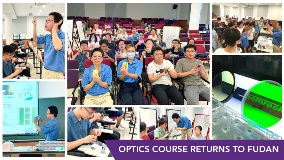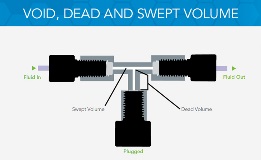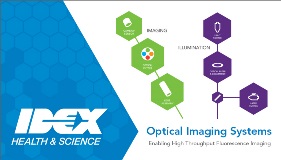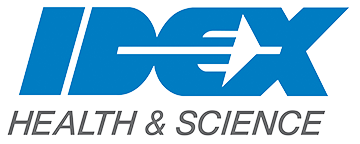

-
How We Partner: Our Product Development Process
Sep 21, 2022 by IDEX Health & ScienceWe deliver quality technology on time to secure your success in highly competitive markets. The more complex a system gets, the more complicated the process required to build it becomes. We simplify product development with our disciplined process that aligns our expertise with your business objectives to take you from conception to market easier.
Full story
-
New Project Proposal (NPP)—The First Step to Success
Sep 21, 2022 by IDEX Health & ScienceHave an idea? Looking to partner on a new project? The first step in a new product development project is a proposal. Find guidelines from IDEX Health & Science on how to create a project proposal engineered for success.
Full story
-
Optics Course at Fudan University Returns to the Classroom
Sep 13, 2022 by IDEX Health & ScienceIDEX Health & Science partners with Fudan University in Shanghai, China to teach a program that introduces college students to optics and their role in the life sciences. For the past two years, the course was held exclusively online due to the Covid-19 pandemic. This year’s return to in-person classes marked the tenth year IDEX Health & Science has participated. 50 eager students who were excited to get hands-on experience completed the course.
Full story
-
IDEX Health & Science Wins Best Places to Work at Rohnert Park Facility—a Nine-Time Winner
Sep 13, 2022 by IDEX Health & ScienceIDEX Health & Science is proud to announce that our Rohnert Park facility in California has won the 2022 Best Places to Work by the North Bay Business Journal! In total, Rohnert Park has won this coveted award nine times.
Full story
-
Middleboro Implements New Greener Passivation Process
Sep 6, 2022 by IDEX Health & SciencePassivation is a process widely used in metal finishing to prevent corrosion. Recently our Middleboro, MA site implemented a new greener and environmentally friendly passivation process. Learn More.
Full story
-
Proteomics Versus Genomics
Aug 30, 2022 by IDEX Health & ScienceWhat is proteomics and how does it differ from genomics? This post will discuss the definitions of proteomics and genomics, how they differ, and how life science applications are benefiting from this new approach to protein analysis.
Full story
-
Void, Dead, and Swept – an Interesting Concept
Jul 26, 2022 by IDEX Health & ScienceVoid, Dead, and Swept Volume. What do these terms means? Learn about the total internal volume of a fluidic flow path and why it's important to remove dead volume for applications such as chromatography.
Full story
-
IDEX Health & Science Celebrates the Leaders of Tomorrow
Jul 26, 2022 by IDEX Health & ScienceJuly 28th is National Intern Day, and IDEX Health & Science is proud to celebrate our interns! Meet a few of the interns from our Rochester, NY and Rohnert Park, CA sites during the summer of 2022.
Full story
-
IDEX Health & Science Supports Well-Being Benefits that Focus on Holistic Health
Jun 20, 2022 by IDEX Health & ScienceJune is Professional Wellness Month, spotlighting the workplace’s role in creating holistic environments for employees.
Full story
-
From Source to Sensor, We Have You Covered
Jun 13, 2022 by IDEX Health & ScienceIDEX Health & Science is the market leader in providing best-in-class solutions for maximizing throughput and resolution in Life Science instruments. Our expertise in system design, manufacturing, and metrology of imaging optics, cameras, and optical filters enables our customers to go to market faster with less risk.
Full story
